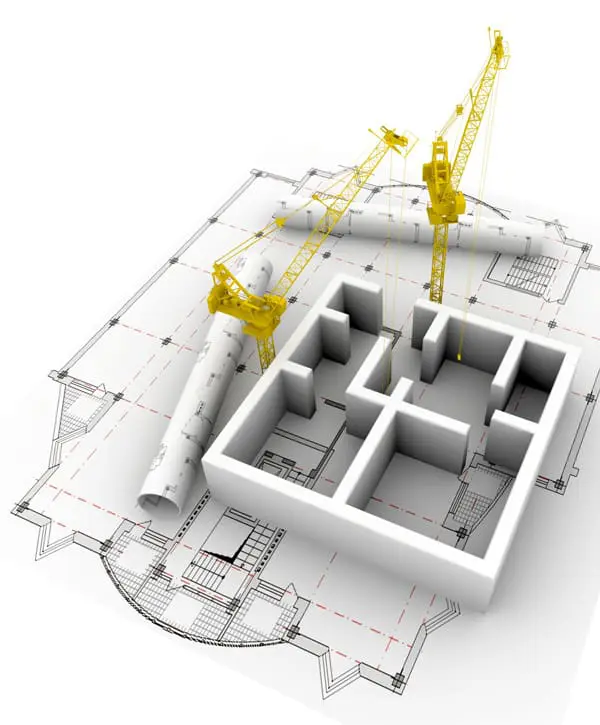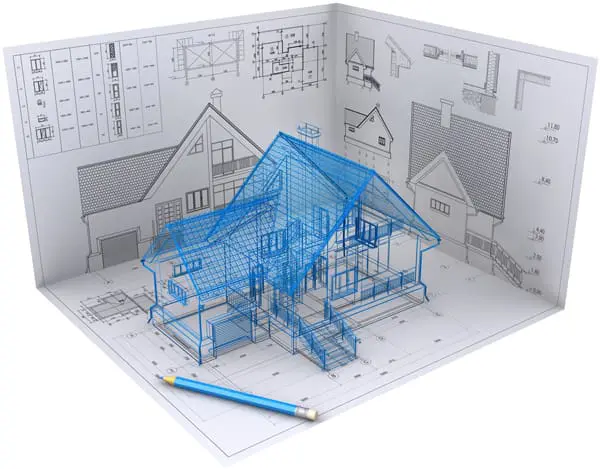Rectification Coverage Facilitates Design‑Build Leadership for Architects
As the market for the creation of capital assets moves increasingly toward design‑build, many architecture firms have found themselves in the difficult position of being a subcontractor to a design‑builder who often is a construction contractor.
Text
As the market for the creation of capital assets moves increasingly toward design-build, many architecture firms have found themselves in the difficult position of being a subcontractor to a design-builder who often is a construction contractor. Serving their client—the design-build entity—and not the ultimate project client can create communication and ethical problems for the architecture firm.
Serving the design-build entity rather than the project client also puts the firm at great financial risk through inappropriate subcontract provisions as well as through the design-builder’s allegations that any situation that causes it to experience a significant financial cost related to additional work or delays in delivery of the project is a professional liability claim.

While architecture firms can attempt to protect themselves contractually, the solution in many cases is for the firm to lead the design-build process. Unlike true design-builders or contractors leading design-build projects, architecture firms rarely have the financial resources to absorb the risk of design-build leadership and, until now, the insurance coverage that could resolve design-build problems during the delivery process.
The Victor program has developed a distinctive coverage for architecture firms called rectification coverage: a mitigation of loss feature that allows architecture firms that lead the design-build process to report a design deficiency in their services. The addition of rectification coverage to the standard policy for architecture firms is unprecedented in the professional liability marketplace. It enables firms to take the lead on design-build projects by mitigating their risk that a design problem will lead to a major financial loss. The coverage extends to any design defect caused by professional services in any part of construction or engineering works for any project upon which the policyholder is responsible for both design and construction.
Traditional projects only need traditional coverage
When a problem is encountered during the construction of a project when the traditional design-bid-build delivery system is used, there is often a claim from the project owner against the architect. In some cases—and because of the laws of many states—the construction entity that discovers the problem brings a contractual claim for delays and extras against the project owner, who then involves the architecture firm in the resolution of a claim or directly against the firm. Over one-third of all claims against firms occur before a project is substantially complete; technical design errors that are identified early are usually resolved early and often at a minimal cost in time and money. But for professional liability insurance to be triggered there has to be a demand for money or services by the project owner or, in those states that have extended economic loss recovery to others in the process, by the contractor.
Design-build can result in uninsured losses
A similar situation occurs on many design-build projects. If a design deficiency is identified during construction that could delay the project or result in a violation of building codes or the contractual obligation of the design-builder to the project owner, the design-builder usually resolves the problem by enforcing a contractual obligation that causes the subcontracted design firm to correct the problem and pay for any additional cost or by bringing a professional liability claim against the design subcontractor.

Most construction contractors serving as the lead in design-build understand that whether they perform design services as an integrated entity or provide such services on a subcontracted basis, a design deficiency that shows up during construction can cause the design-builder great financial losses. Design-builders often carry professional liability insurance for contractors that includes a mitigation of loss feature so the design-builder can correct a problem quickly while the fault or contractual liability is being determined. Increasingly, design-build contractors, and indeed all construction contractors, are being required to carry professional or design liability insurance that features this rectification coverage.
Rectification coverage provides additional coverage for architects
But what happens when the architecture firm is the lead on a design-build project? Whether the architecture firm is the design-builder or is in a joint venture that is responsible for both design and construction, the normal professional liability coverage cannot respond. Insured parties are not allowed to bring a claim against themselves under professional liability insurance. Under American law, it creates what is denoted as a “moral hazard.”
The architect-led design-builder faces the dilemma of paying for the correction of a design problem out of its own assets or continuing the project to completion. If the project is completed, the design deficiency might not cause a recoverable loss to the project owner. Or, if harm results from the design defect, the project owner can sue the design-builder for design negligence or recover contractually. The better solution, however, is for the professional liability insurance policy to provide rectification coverage.
Rectification coverage can solve problems early
The rational solution that enables an architecture firm to take the lead on design-build projects and to minimize the risk to the firm, the project owner, and the public is the mitigation of loss coverage called rectification. It is not standard in professional liability insurance policies available to design firms—until now. The policy provided by Victor sets up a system for the early involvement of claims specialists when a policyholder discovers a design deficiency on a design-build project that it is leading. Some of the features of the coverage are:
- Provides mitigation of loss payments for design defects that could result in a claim when the insured architect is responsible for both design and construction;
- Covers reasonable and necessary fees, costs, and expenses incurred by the insured for rectification; and
- Extends to cover design services, but not actual or alleged negligence in the review of shop drawings, issuance of change orders, observation of construction, or review of pay applications.
The policy provided by Victor will reimburse the insured firm for a rectification expense in excess of the firm’s deductible and up to the applicable design defect circumstance limit of liability when the firm reports the circumstance and demonstrates that the defect is reasonably likely to give rise to a claim covered under the policy. Once the program’s claims specialist is provided with the details of the action being contemplated by the architecture firm to minimize any potential liability and with the contemplated expense to solve the project for evaluation, confirmation in writing of the covered expense can be obtained and the rectification process advanced. If there is an emergency response situation, the expense can be reimbursed after the process.
Despite professional registration laws and rulings targeting design firms for all design risk—including, in some states, designed elements over which they had no control—the unbundling and restructuring of design and construction often means that design services are shared even though the risk of negligent design might not be. Architecture firms, however, should not simply assume that to work in the rapidly changing marketplace for the design and construction of capital assets that their choices are to work as a subcontractor while having the design risk skip over the design-builder by law or by contract or take the lead and risk their assets on correcting design deficiencies. Rectification coverage in a professional liability insurance policy is a responsive coverage that enables a firm to take a major role in design-build and that facilitates a firm’s ability to decide on its preferred future.
Read more about a specific case study and comparison. Or, learn more about the new policy and the special rectification coverage.
Victor and CNA work with the AIA Trust to offer AIA members quality risk management coverage through the AIA Trust Professional Liability Insurance Program and Business Owners Program to address the challenges that architects face today and in the future.
More on Professional Liability

Ethical challenges of generative AI in architectural practice
News ▪ February 2025
Pitfalls of the Profession by LegaLine
Components ▪ Contracts ▪ Legal ▪ Professional Liability ▪ Professional Practice ▪ Risk ▪ Small Firms ▪ Webinar
Protecting Profitability: Managing Professional and Contractual Exposures
Contracts ▪ Legal ▪ Professional Liability ▪ Professional Practice ▪ Risk ▪ Webinar